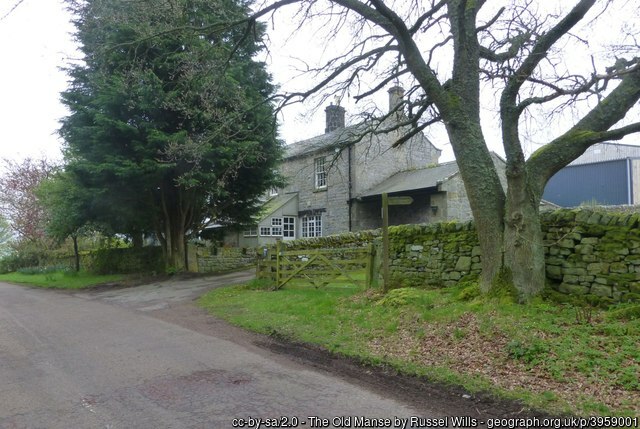Village Life, Harbottle – EA Robinson
Submitted by: Sally Brewis - 4th January 2022
Towards the end of the 1914 -18 war, the East and West Woods were felled by Canadian lumberjacks; their camp was in the small field by the Back Burn. The timber was led to Rothbury railway station by a pale wagon drawn by a team of Canadian horses.
The Presbyterian Minister lived in the Manse to the West of the village.

The Misses Sarah, Polly and Annie Oliver lived at Townhead – a small-holding. They had a general dealer’s shop, and took in summer visitors. John and Ellen Bootiman, shoe-makers, lived next door.
Mrs. Common lived at Cherry Tree House. Mrs Drummond of Waterloo House lodged the district nurse; both households took in summer visitors.
Mr Tom Dunn of Ivy Cottage was a successful artist. Border House was the Post Office. Miss Herbert was the post-mistress for many years. She also has a General Dealer’s shop and took in visitors.
Mr Jack Bootiman was Landlord of the Star Inn, where commercial travellers stayed.
Woodbine Cottage was a draper’s shop owned by Mrs Bella Norden, a dressmaker and milliner.
Mr H. Hearfield was a schoolmaster for many years.
The New Hall was used for dances and whist-drivers by kind permission of Mr T.C. Fenwicke-Clennell. Mrs Ross was caretaker. Water was carried from a stone trough near-by and boiled in large metal kettles on an open fire. Music for dancing was provided by local people.
Mr T.C. Fenwicke-Clennell was chief employer in the village. There were three small cottages near the stables: one was occupied by Mr Andrew Tait, a tailor. Two were occupied by Mr R. Davidson, carrier and grocer’s shop; he also travelled round the farms collecting butter, eggs and rabbits which were sold in the towns.
Mr Adam Forster was boot, clog and shoe-maker, supplying the shepherds with the famous Coquet boots. Mr Bill Rogerson was head game-keeper. Mr Bill Storey was roadman and also grave-digger.
Dr Bedford did his visiting on a push-bike; he wore navy puttees. His Gladstone bag was strapped to the back-carrier of his bike; he enjoyed being out in a storm.
Bella and Marty Charlton kept a general dealer’s shop. They sold milk from their cows. They lodged the village bobby. He made his rounds on a push-bike and on foot.
Mr Tom Bootiman was greyhound slipper – he attended all the important coursings in the north of England.
Several cottagers kept a cow; the stirks were driven to Rothbury mart to the back-end sale.
Mr John Common had a gig drawn by a white horse. He transported visitors to and fro between Harbottle and Rothbury railway station.
The water supply was from a collecting tank on Harbottle hill. Many moles and sheep met their death in this. Maybe that was why the villagers lived to a ripe old age.
First published in Clippings in 1989 (reprinted 1990), published by Upper Coquetdale Publications ISBN 0 9515 380 0 4



